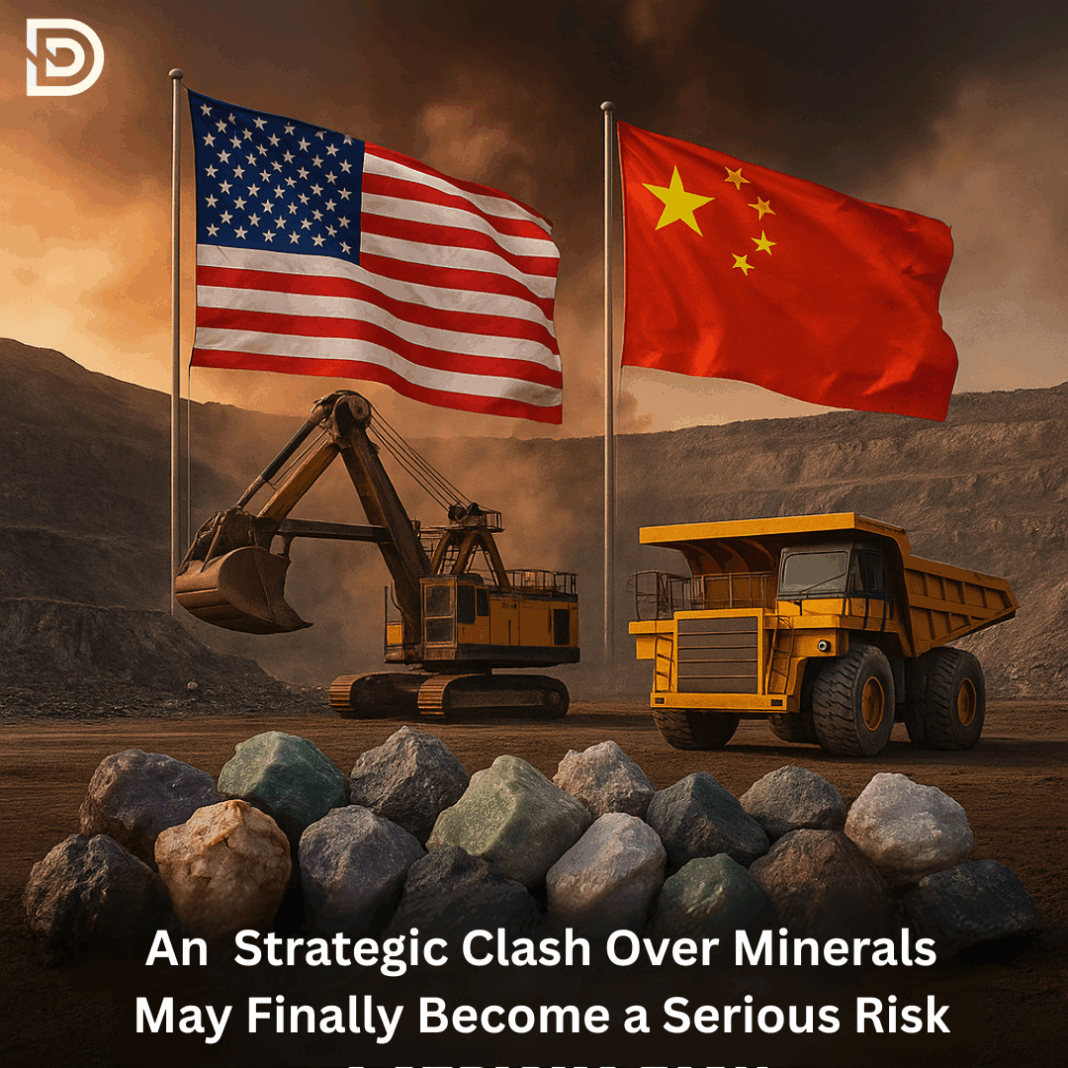For years, countries around the world have worried about running out of special minerals needed for modern technologies.
Growing Concerns Over Rare Earth Supply
These minerals, often called “rare earths,” are important for making things like electric cars, wind turbines, smartphones, and even military equipment. But every time there was a panic about running low on these minerals, things eventually settled down.
The biggest supplier of rare earths has long been China. In the past, China has made threats about limiting or stopping the export of these minerals. This happened in 2010 when there was tension with another country. Prices of rare earths shot up, but the actual damage to industries was small.
Other countries managed to find new sources or made deals to keep the supply moving. Sometimes, people even smuggled minerals out of China, and the market found a way to balance itself again.
However, on April 4, a new rule came into place. China started requiring licenses for exporting seven types of rare earth elements. This is seen as a stronger move than before. It is believed to be a response to trade restrictions from the United States. Unlike earlier warnings, this new rule is more official and harder to work around.
Weak Preparedness in Major Economies
Most major countries, including the United States and those in Europe, rely heavily on imports of rare earth minerals. These minerals are not easy to find or process. Even when a country has these resources underground, it takes a lot of time, money, and environmental care to get them out.
Over the years, governments have talked about how risky it is to depend on just one or two countries for such critical materials. The European Union has made several lists of minerals it considers “critical.” These lists are meant to help guide policy, but they don’t stop shortages from happening.
So far, these concerns have rarely caused real damage. There haven’t been any major factories shutting down or long-term losses in production due to mineral shortages. But this does not mean the threat isn’t real now. The new export license rules from China are stricter than before, and there are fewer signs that other sources can quickly fill the gap.
In particular, the United States is not prepared to deal with a real shortage. It lacks the facilities to mine and process these rare earths on a large scale. This means it may take a long time to react if supply is suddenly cut off. If several industries start running low on the minerals they need, the effects could spread quickly.
History Shows Supply Fights Can Backfire
In the past, when China hinted at cutting off the supply of rare earths, it didn’t always follow through. Even when prices rose, the market usually found a way to adjust. In 2010, for example, mining companies in other countries like Australia increased their production. Smugglers also took advantage of weak local rules in China and moved minerals illegally across borders.
Eventually, a major global trade organization stepped in. China was told that its actions were unfair, and it had to ease up on the restrictions. At that point, China saw that trying to control supply for political reasons can backfire. High prices made it more attractive for other countries to dig for rare earths, which reduced China’s control.
But this time, the situation looks different. It may be more difficult to dodge the new licensing system because it is more official. If countries can’t get what they need, they may struggle to keep making important products. Unlike before, the usual ways to fix the problem—like finding new suppliers or using legal tools—may not work fast enough.
So while many past warnings about rare earth shortages turned out to be false alarms, the current situation appears more serious. The usual fix of letting the market sort things out might not work this time. Countries that depend heavily on imported minerals might face real trouble if they can’t find new sources quickly. And this time, a shrug might not be enough to eliminate the threat.

